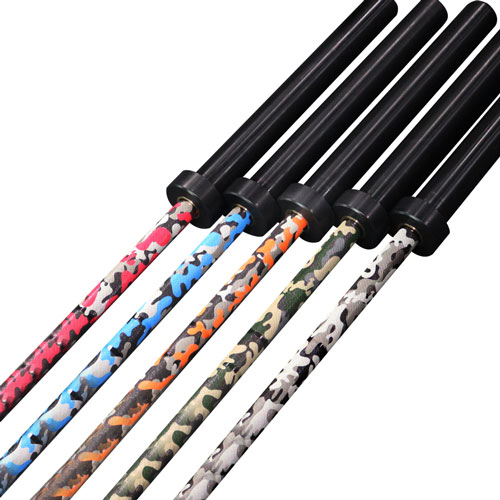What Is A Gym Power Rack?
The power rack is an essential piece of equipment found in most gyms and home gyms. This versatile station allows you to safely perform a variety of strength training exercises with a barbell. Power racks are also commonly referred to as squat racks or cages.
What is a Power Rack?
A power rack consists of two upright posts or towers, connected by horizontal beams across the top and sides. The user stands inside the frame and performs exercises like squats, bench presses, and overhead presses with an adjustable barbell positioned on the racks.

The key features of a power rack include:
- Adjustable safety pins: These pin-and-hole systems allow you to set the barbell catch height at various levels. If you fail on a lift, the pins catch the barbell to prevent injury.
- Spotter arms: Movable arms that can be positioned to catch and stabilize the bar if needed. Some racks have integrated spotter arms.
- Weight storage pegs: To securely hold weight plates when not in use. Plates slide onto loadable Olympic bars.
- J-hooks or barbell catches: Where the barbell rests between sets. Allows quick and easy loading/unloading.
- Band pegs: To anchor resistance bands above for banded exercises.
- Pull-up bar: Horizontal bar across the top for bodyweight exercises like pull-ups and chin-ups.
- Accessory options like dip handles, landmines, and lat pulldown attachments may also be included.
Key Exercises Performed in a Power Rack
Because it allows safe lifting of heavy weights, almost any barbell exercise can be performed in a power rack. The most common are:
- Squats: Front and back variations, targeting the legs and glutes. Safely lift heavier.
- Bench presses: Horizontal presses for the chest, shoulders and triceps. Failure is not dangerous.
- Overhead presses: Vertical shoulder presses to strengthen the shoulders. Use spotter arms.
- Bent over rows: Horizontal pulls working the back, biceps and grip strength.
- Deadlifts: Starting lifts from the pins rather than the floor to focus power off the floor.
- Good mornings, barbell lunges, calf raises, overhead squats and many other exercises are also regularly performed within a rack.
Benefits of Using a Power Rack
There are several key benefits that power racks provide:
- Safety: The security of adjustable catch pins allows you to confidently lift at high intensities without a spotter. Fail safely.
- Versatility: A wide variety of exercises can be performed to build full-body strength. Work all muscle groups.
- Progressive Loading: Safely adds weight each set or week, gradually increasing your one-rep max strength.
- Independence: You can self-spot and lift alone without a training partner. Convenient for solo training.
- Efficiency: Change weights and adjust components quickly for a seamless workout.
- Compactness: All in one station, excluding the need for machines. More space efficient.
Types of Power Racks
There are a few common types of power racks to consider:
- Standard power rack: The traditional enclosed cage described above. Offer a robust and protective lifting station.
- Half rack: Shorter stand-alone towers without connecting beams across the top or front. More open and space saving.
- Wall-mounted rack: Compact and budget-friendly version that mounts the uprights into the wall. Stable support.
- Squat stands: Similar to half racks but without pull-up bars up top. Strictly for squatting and bench presses.
- Monolift/monorack: Specialized rack with movable bar catches that can be positioned around a lifter, allowing easier walkout of squats.
For a commercial gym, a high quality standard power rack is recommended. For home gyms, half racks or wall-mounted racks maximize space efficiency. Consider your budget, available space, and exercises you'll perform before selecting a power rack model.
With adjustable safety pins, spotter arms and easy loading/unloading, power racks allow you to safely and efficiently perform a huge range of free weight strength exercises. This versatile piece of equipment is essential for progressive strength training.





